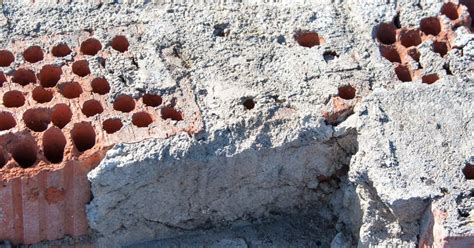Understanding Mortar Drying Time: Crucial Factors
Mortar, the binding agent in masonry construction, requires a specific drying time to achieve optimal strength and durability. Rushing the process can lead to cracking, crumbling, and structural instability, while allowing it to dry too slowly can also negatively impact the final product. Understanding the crucial factors influencing mortar drying time is therefore paramount for any successful masonry project. This comprehensive guide will delve into the key elements affecting drying times and offer practical advice for achieving optimal results.
What Determines Mortar Drying Time?
Several interconnected factors influence how long mortar takes to dry. These can be broadly categorized as environmental, material-related, and project-specific factors.
Environmental Factors: Temperature and Humidity
Temperature: Higher temperatures accelerate evaporation, leading to faster drying. Conversely, cold temperatures significantly slow down the drying process. Ideal temperatures for mortar drying typically fall within the range of 50-80°F (10-27°C). Extreme heat can, however, cause rapid surface drying before the core is fully cured, leading to cracking.
Humidity: High humidity hinders evaporation, resulting in significantly longer drying times. The air's ability to absorb moisture is crucial; high humidity means the air is already saturated, and the mortar has a harder time releasing its water content. Low humidity, on the other hand, promotes faster drying. Ideally, relative humidity should be below 70% for optimal drying conditions.
Material-Related Factors: Mortar Type and Mix Ratio
Mortar Type: Different mortar types, categorized by their cement content and other additives, possess varying drying characteristics. Mortar with higher cement content generally dries faster than those with lower cement content. The presence of lime, pozzolans, or other admixtures can also significantly affect drying time.
Mix Ratio: The water-cement ratio is critical. Using too much water weakens the mortar and extends the drying time while also potentially leading to increased shrinkage and cracking. A correctly mixed mortar, following manufacturer's recommendations, will ensure proper curing and a reasonable drying time.
Project-Specific Factors: Thickness of Mortar Joints, Wall Orientation, and Shade
Thickness of Mortar Joints: Thicker mortar joints require significantly longer drying times compared to thinner joints. This is due to the increased volume of water needing to evaporate. Consistent and appropriately sized joints are vital for even drying.
Wall Orientation: Walls exposed to direct sunlight dry faster than those in shade. South-facing walls (in the Northern Hemisphere) typically receive more direct sunlight and thus dry quicker. However, excessive sun exposure can lead to rapid surface drying and cracking.
Shade and Wind: Shaded areas dry more slowly. Conversely, a breezy environment aids drying by increasing air circulation and evaporation.
How Long Does Mortar Typically Take to Dry?
There's no single answer to how long mortar takes to dry. It depends on all the factors previously described. As a rough guideline, initial setting (achieving sufficient strength to handle light pressure) might occur within a few hours, but full curing (reaching maximum strength) can take several weeks, or even months, depending on the conditions.
What Happens If Mortar Dries Too Quickly or Too Slowly?
Too Quickly: Rapid drying can cause significant shrinkage, resulting in cracks and reduced strength. The surface might harden before the interior has fully cured, leading to internal stresses and potential structural failure.
Too Slowly: Slow drying can result in a weaker mortar with increased susceptibility to water damage, mold growth, and reduced durability. It can also prolong the project timeline and increase overall costs.
How to Optimize Mortar Drying Time
Controlling environmental conditions as much as possible is key. This may involve using temporary shading structures, windbreaks, or even employing dehumidifiers to accelerate the process in humid environments. Using a high-quality, correctly mixed mortar according to the manufacturer's specifications is crucial. Monitoring the weather forecast and adjusting the work schedule accordingly can also help optimize drying time. Consistent monitoring of the mortar throughout the curing period is also recommended.
By understanding these crucial factors and implementing appropriate strategies, you can significantly influence mortar drying time, leading to a stronger, more durable, and longer-lasting masonry structure. Remember to always consult the manufacturer's instructions and consider seeking professional advice when working on larger or more complex projects.

